-
 Bitcoin
Bitcoin $115000
0.12% -
 Ethereum
Ethereum $3701
4.50% -
 XRP
XRP $3.081
2.99% -
 Tether USDt
Tether USDt $0.0000
-0.01% -
 BNB
BNB $767.9
1.45% -
 Solana
Solana $169.5
3.13% -
 USDC
USDC $0.9999
0.01% -
 Dogecoin
Dogecoin $0.2106
4.30% -
 TRON
TRON $0.3334
1.62% -
 Cardano
Cardano $0.7564
2.54% -
 Stellar
Stellar $0.4165
0.76% -
 Hyperliquid
Hyperliquid $38.75
0.25% -
 Sui
Sui $3.593
3.00% -
 Chainlink
Chainlink $17.08
3.59% -
 Bitcoin Cash
Bitcoin Cash $573.6
4.35% -
 Hedera
Hedera $0.2508
-0.84% -
 Avalanche
Avalanche $23.07
6.46% -
 Ethena USDe
Ethena USDe $1.001
-0.02% -
 Litecoin
Litecoin $120.8
8.17% -
 UNUS SED LEO
UNUS SED LEO $8.943
-0.32% -
 Toncoin
Toncoin $3.400
-5.60% -
 Shiba Inu
Shiba Inu $0.00001255
1.54% -
 Uniswap
Uniswap $9.908
6.32% -
 Polkadot
Polkadot $3.718
2.10% -
 Monero
Monero $303.0
-0.74% -
 Dai
Dai $0.9999
-0.02% -
 Bitget Token
Bitget Token $4.392
0.91% -
 Cronos
Cronos $0.1403
6.31% -
 Pepe
Pepe $0.00001076
1.13% -
 Aave
Aave $267.2
1.80%
How does the MetFi (METFI) coin address concerns about its centralization?
MetFi's decentralized governance structure, driven by stakeholder involvement, promotes transparency, adaptability, and ensures the project's alignment with community interests.
Jan 02, 2025 at 05:25 pm
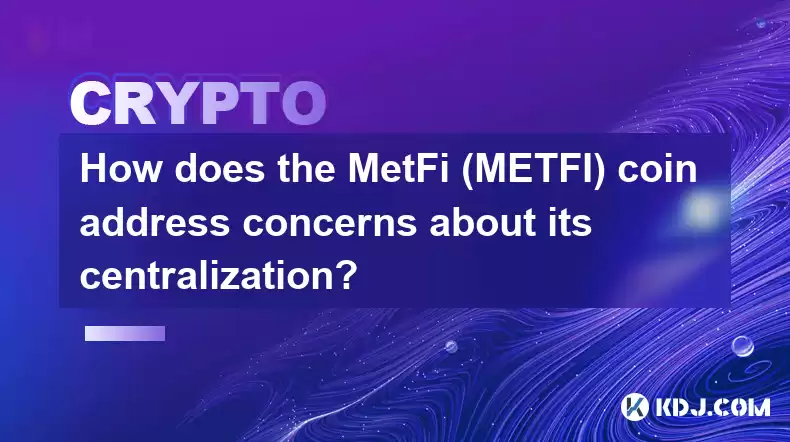
Key Points:
- MetFi's decentralized governance structure ensures stakeholder involvement in decision-making.
- The project's community-driven development model fosters transparency and adaptability.
- MetFi utilizes a hybrid consensus mechanism to enhance security and efficiency.
- Open-source code and auditing processes promote trust and accountability.
- Strategic partnerships and ecosystem integrations contribute to decentralization.
Article:
1. Decentralized Governance:
MetFi has implemented a robust decentralized governance model, empowering its community to actively participate in decision-making. METFI token holders can exercise their voting rights on governance proposals submitted through the MetFi governance forum. This democratic process ensures that the community's interests and priorities are reflected in the project's direction.
2. Community-Driven Development:
MetFi follows a community-driven development philosophy, where the project's roadmap and feature enhancements are shaped by user feedback and suggestions. Active members of the MetFi community can participate in code reviews, contribute to feature development, and provide feedback through various channels, including the Discord server and Telegram group. This collaborative approach fosters transparency, inclusivity, and adaptability.
3. Hybrid Consensus Mechanism:
MetFi employs a hybrid consensus mechanism that combines the strengths of both PoS (Proof-of-Stake) and DPoS (Delegated Proof-of-Stake). METFI token holders can stake their tokens to participate in consensus and earn block rewards. Additionally, a group of elected delegates are responsible for validating transactions and confirming blocks. This dual-layer approach ensures both security and transaction efficiency.
4. Open Source and Auditing:
MetFi's code is open-source and publicly available on GitHub. This transparency allows the community to scrutinize the project's technology, verify its authenticity, and identify potential vulnerabilities. Regular third-party audits by reputable security firms further enhance trust and accountability.
5. Strategic Partnerships and Ecosystem Integrations:
MetFi partners with various decentralized projects, protocols, and exchanges. These partnerships contribute to the project's decentralization by integrating MetFi services with other blockchain platforms and DeFi ecosystems. Users can access MetFi features and products across multiple decentralized applications, reducing reliance on centralized intermediaries.
FAQs:
Q: Isn't a decentralized governance structure inefficient?
A: MetFi's governance process is designed to balance stakeholder involvement with timeliness. Proposals are thoroughly discussed and debated before a vote, ensuring that community decisions are well-informed and reflect the project's best interests.
Q: How does MetFi ensure the reliability of its delegates?
A: Delegates are elected by METFI token holders through a voting process. Candidates with a strong track record of community involvement, technical expertise, and a commitment to the project's vision are typically chosen. Delegates are also subject to performance evaluations and can be removed if they fail to meet the community's expectations.
Q: Does MetFi's hybrid consensus mechanism compromise security?
A: The combination of PoS and DPoS strengthens security by adding an additional layer of validation. Elected delegates represent the interests of all validators, ensuring transparency and accountability. The hybrid mechanism also offers scalability benefits, enabling the network to handle a high volume of transactions efficiently.
Q: How does the open-source nature of MetFi's code benefit users?
A: Open-source code allows the community to review, contribute to, and verify the accuracy of MetFi's technology. This transparency fosters trust, encourages innovation, and promotes a collaborative development environment.
Q: What are the advantages of MetFi's ecosystem partnerships?
A: Partnerships with other decentralized projects broaden the scope of MetFi's services and increase its accessibility to users. By integrating with multiple blockchain platforms, DeFi ecosystems, and dApps, MetFi enhances its decentralization and provides a comprehensive suite of products and features to the community.
Disclaimer:info@kdj.com
The information provided is not trading advice. kdj.com does not assume any responsibility for any investments made based on the information provided in this article. Cryptocurrencies are highly volatile and it is highly recommended that you invest with caution after thorough research!
If you believe that the content used on this website infringes your copyright, please contact us immediately (info@kdj.com) and we will delete it promptly.
- Velo Universe, DEX, and DeFi Security: Navigating the Future of Decentralized Trading
- 2025-08-05 09:25:13
- Bitget Wallet Revolutionizes Solana with Gas-Free Transactions: A New Era for DeFi
- 2025-08-05 09:25:13
- Ozak AI, Crypto Boom, and ROI Potential: Is This the Next Big Thing?
- 2025-08-05 09:25:24
- Solana's ETF Hopes & the All-Time High Chase: Is SOL Set to Soar?
- 2025-08-05 09:25:24
- Coinbase's Brian Armstrong and the Art of Focused Work: A Deep Dive
- 2025-08-05 09:25:30
- Uniswap Price Prediction: Bullish Reversal on the Horizon?
- 2025-08-05 09:25:30
Related knowledge
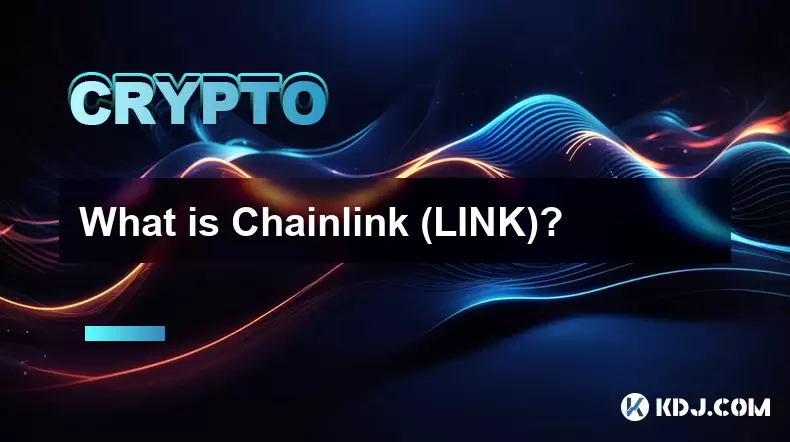
What is Chainlink (LINK)?
Jul 22,2025 at 02:14am
Understanding Chainlink (LINK): The Decentralized Oracle NetworkChainlink is a decentralized oracle network designed to bridge the gap between blockch...
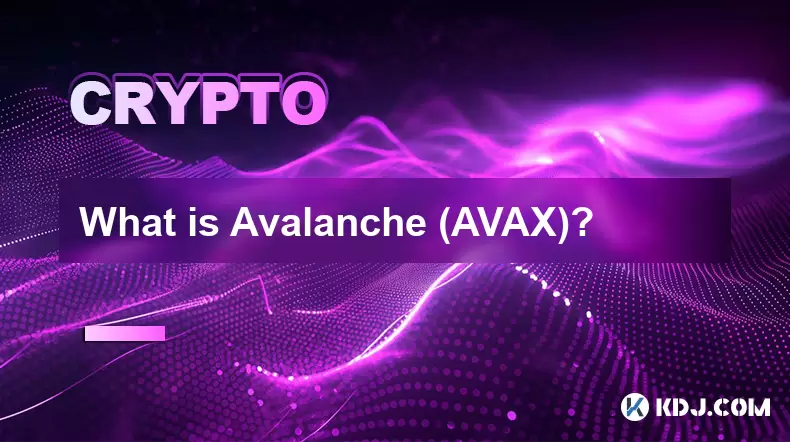
What is Avalanche (AVAX)?
Jul 22,2025 at 08:35am
What is Avalanche (AVAX)?Avalanche (AVAX) is a decentralized, open-source blockchain platform designed to support high-performance decentralized appli...
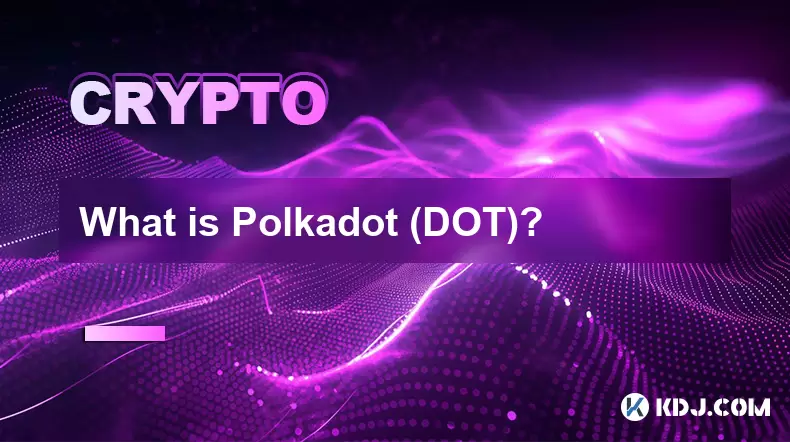
What is Polkadot (DOT)?
Jul 19,2025 at 06:35pm
Understanding the Basics of Polkadot (DOT)Polkadot (DOT) is a multi-chain network protocol designed to enable different blockchains to transfer messag...
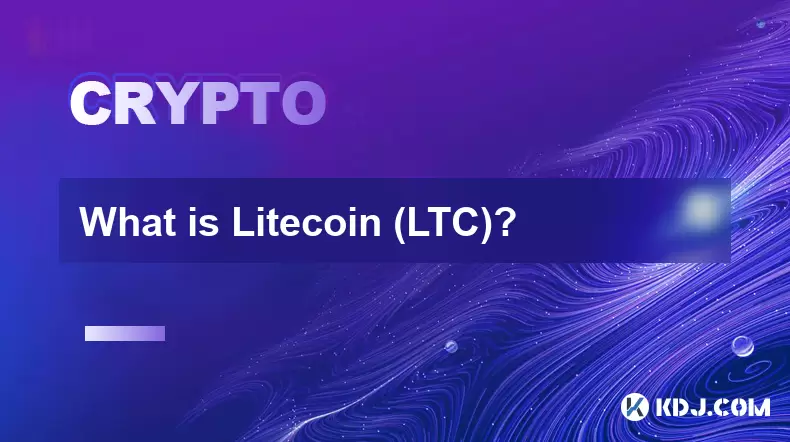
What is Litecoin (LTC)?
Jul 23,2025 at 11:35am
Overview of Litecoin (LTC)Litecoin (LTC) is a peer-to-peer cryptocurrency that was created in 2011 by Charlie Lee, a former Google engineer. It is oft...
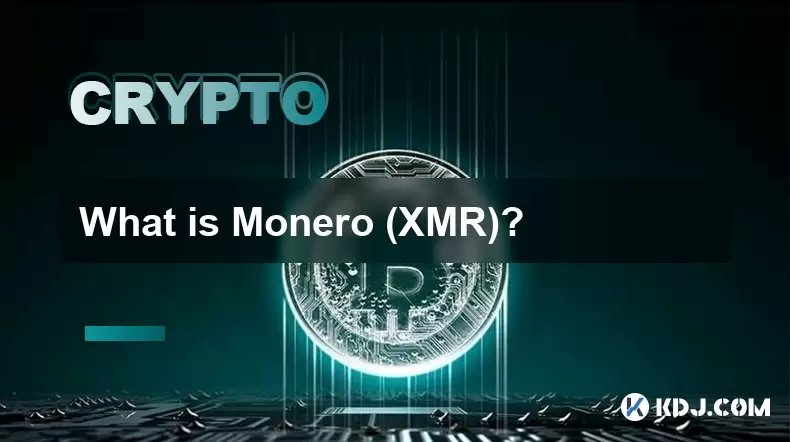
What is Monero (XMR)?
Jul 21,2025 at 10:07am
What is Monero (XMR)?Monero (XMR) is a decentralized cryptocurrency designed to provide enhanced privacy and anonymity for its users. Unlike Bitcoin a...
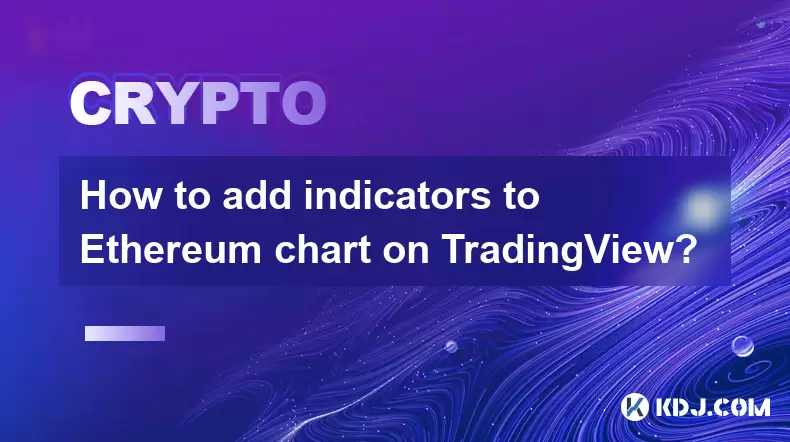
How to add indicators to Ethereum chart on TradingView?
Jul 19,2025 at 07:15am
What Is an Ethereum Chart on TradingView?The Ethereum chart on TradingView is a visual representation of the price movement of Ethereum (ETH) over a s...

What is Chainlink (LINK)?
Jul 22,2025 at 02:14am
Understanding Chainlink (LINK): The Decentralized Oracle NetworkChainlink is a decentralized oracle network designed to bridge the gap between blockch...

What is Avalanche (AVAX)?
Jul 22,2025 at 08:35am
What is Avalanche (AVAX)?Avalanche (AVAX) is a decentralized, open-source blockchain platform designed to support high-performance decentralized appli...

What is Polkadot (DOT)?
Jul 19,2025 at 06:35pm
Understanding the Basics of Polkadot (DOT)Polkadot (DOT) is a multi-chain network protocol designed to enable different blockchains to transfer messag...

What is Litecoin (LTC)?
Jul 23,2025 at 11:35am
Overview of Litecoin (LTC)Litecoin (LTC) is a peer-to-peer cryptocurrency that was created in 2011 by Charlie Lee, a former Google engineer. It is oft...

What is Monero (XMR)?
Jul 21,2025 at 10:07am
What is Monero (XMR)?Monero (XMR) is a decentralized cryptocurrency designed to provide enhanced privacy and anonymity for its users. Unlike Bitcoin a...

How to add indicators to Ethereum chart on TradingView?
Jul 19,2025 at 07:15am
What Is an Ethereum Chart on TradingView?The Ethereum chart on TradingView is a visual representation of the price movement of Ethereum (ETH) over a s...
See all articles

























































































